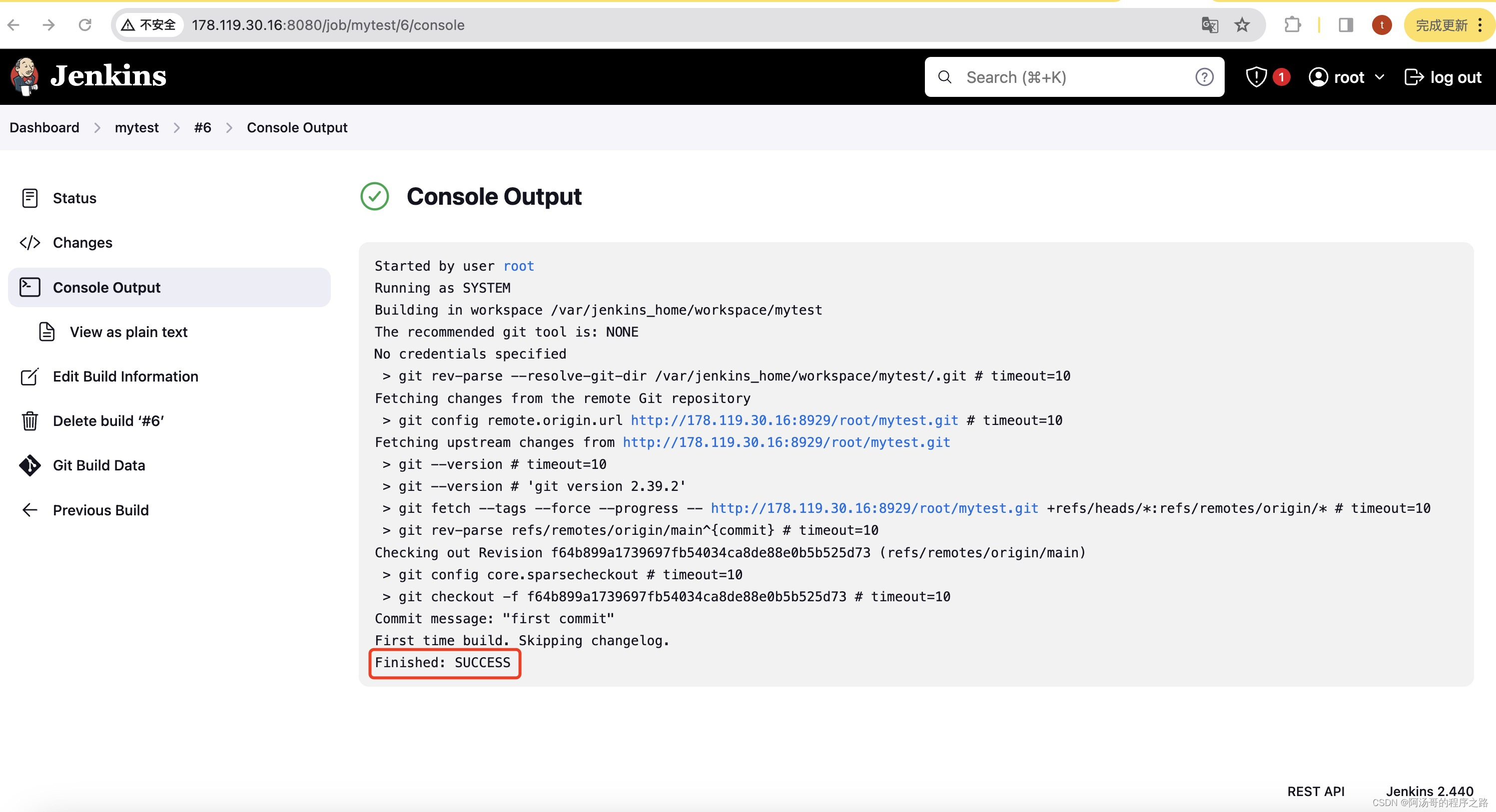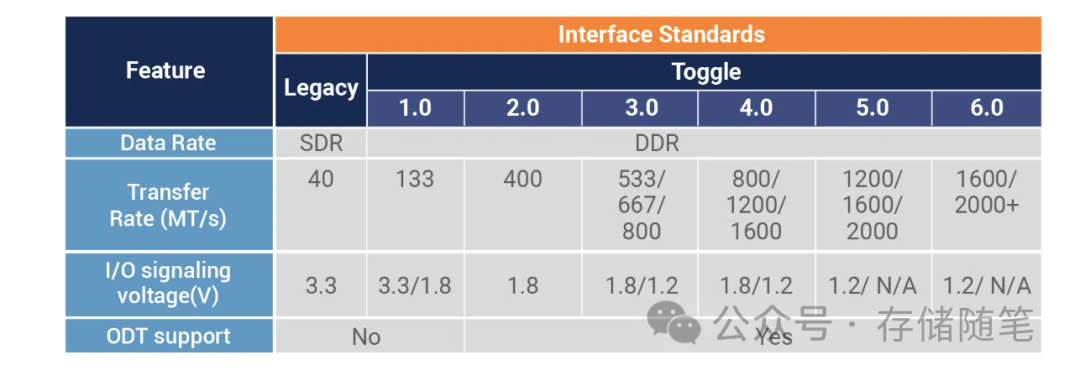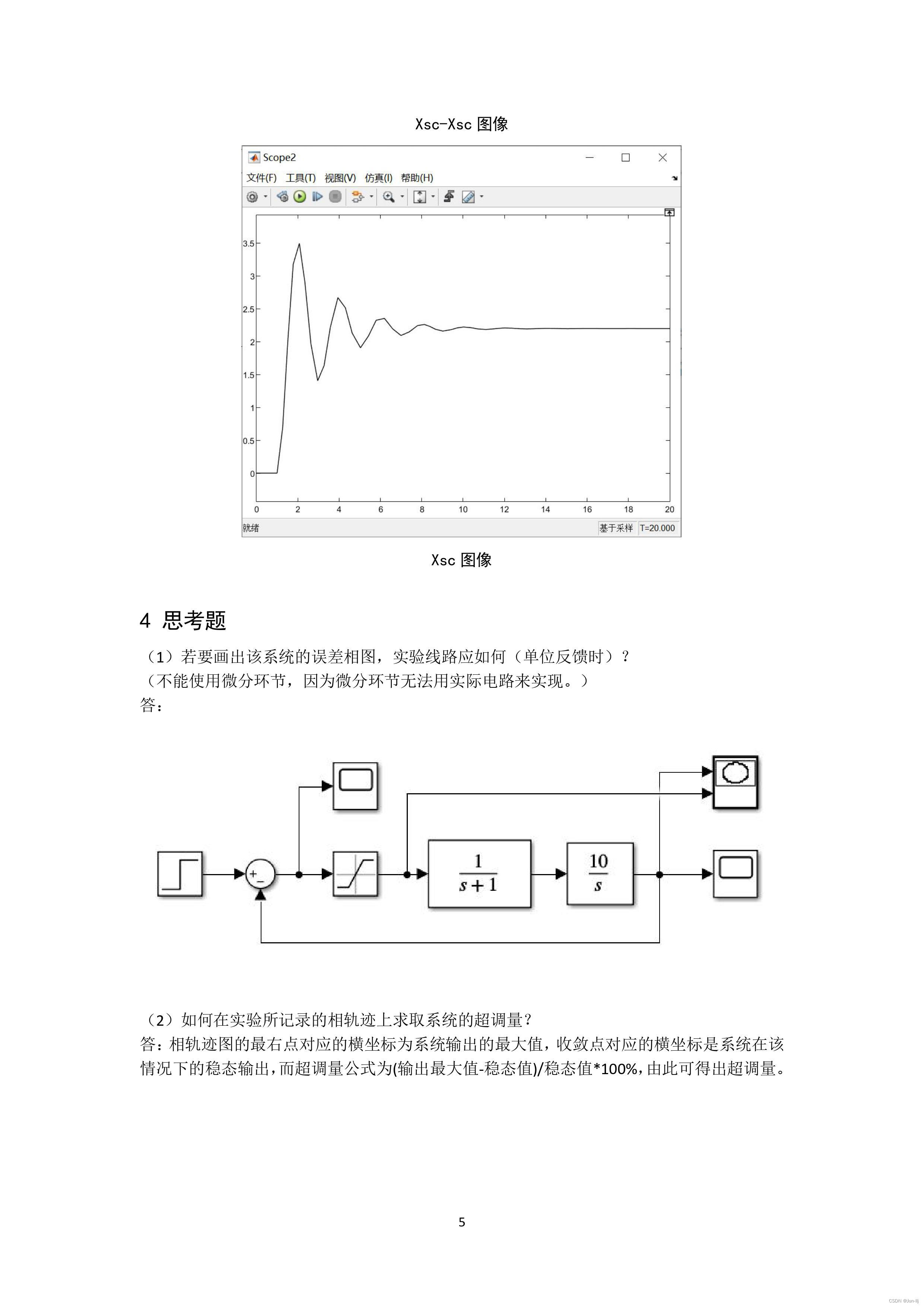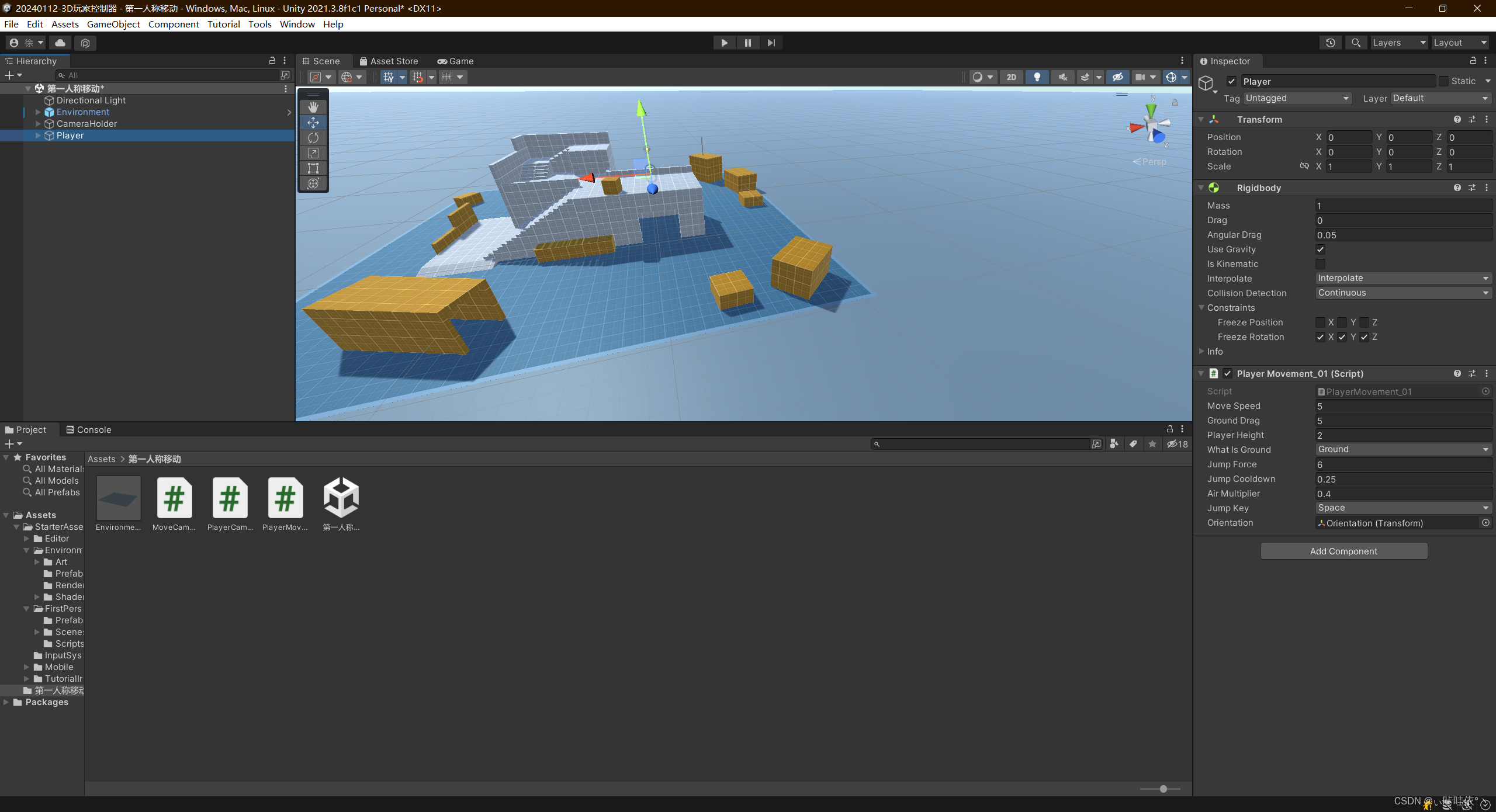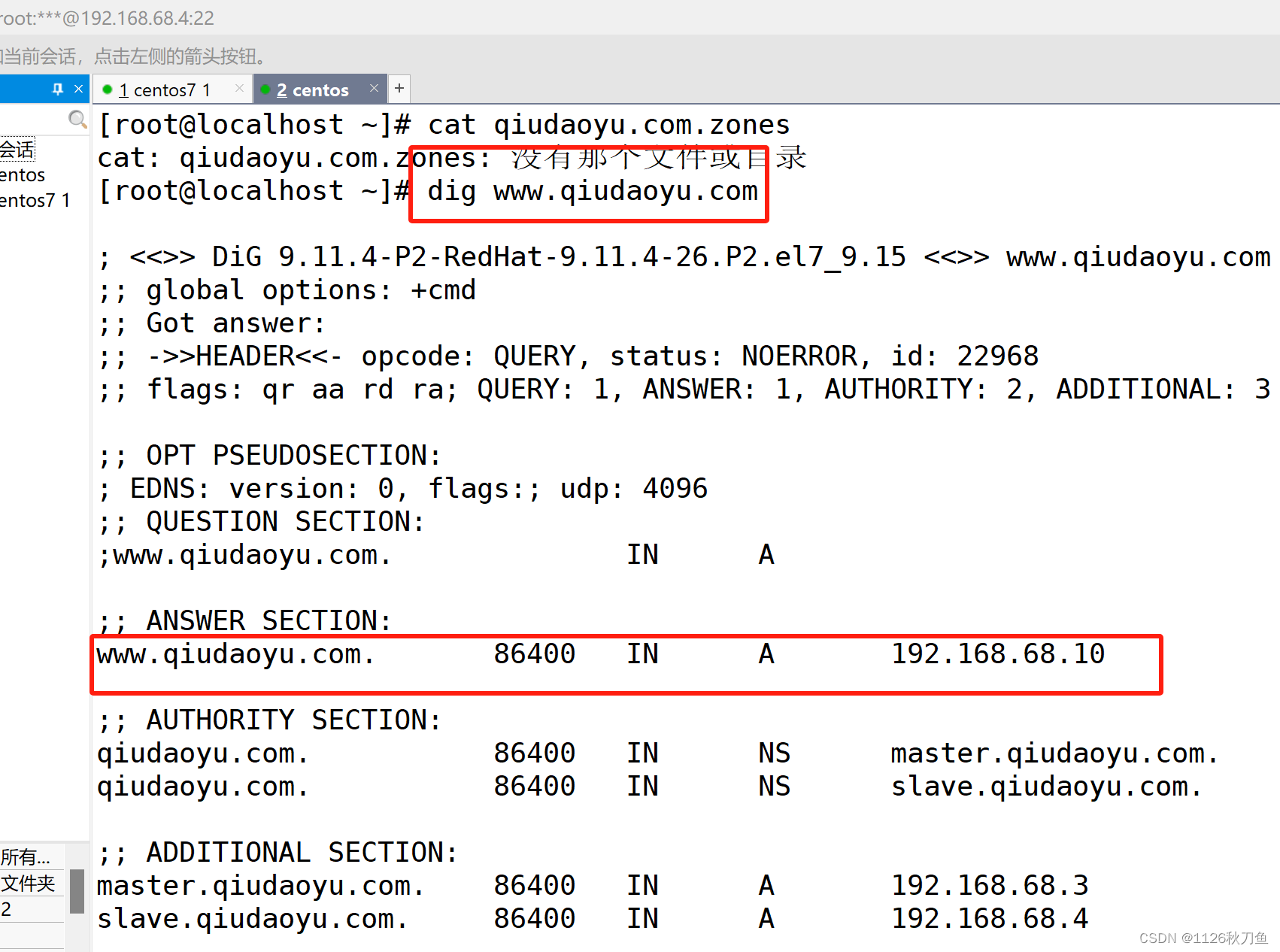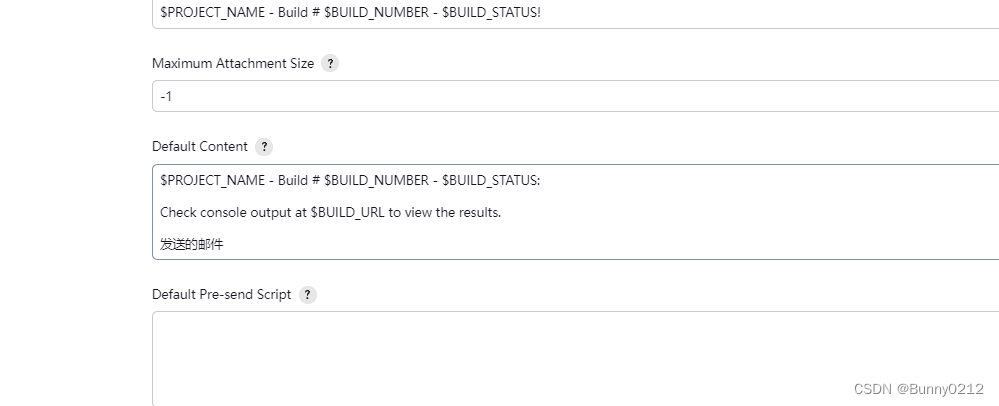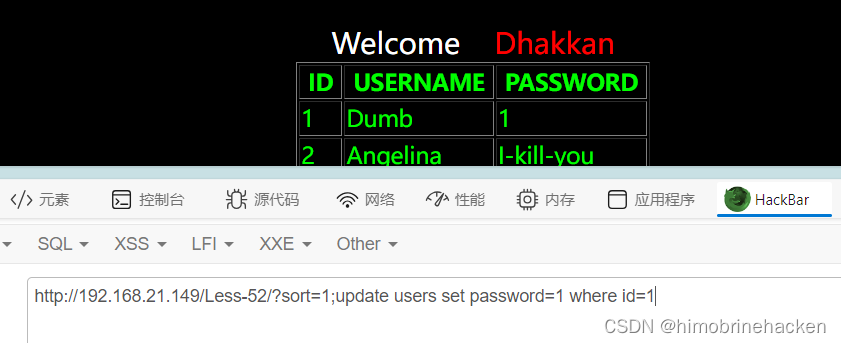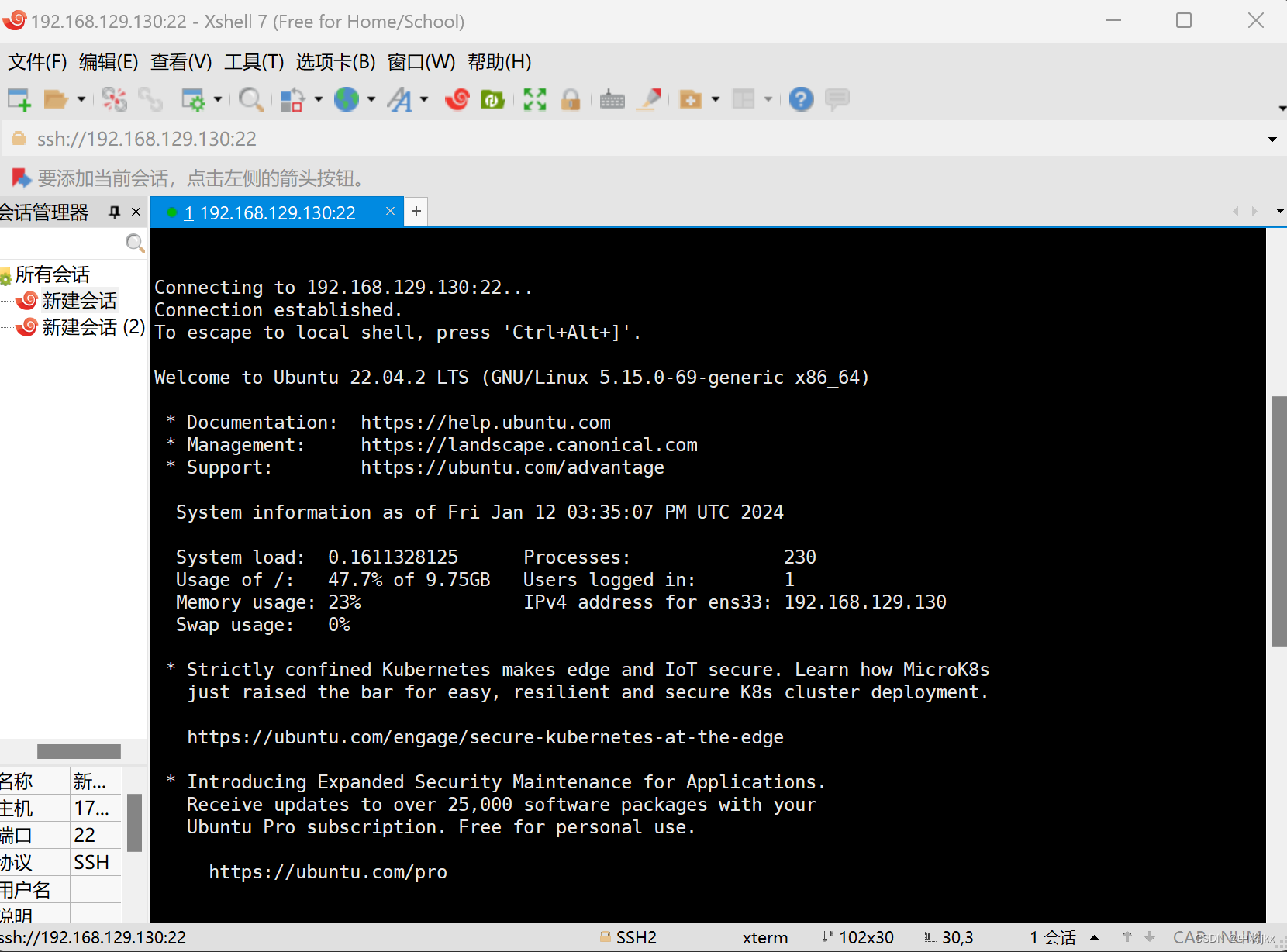题目
输入一个无序的整数数组,请计算最长的连续数值序列的长度。例如,输入数组[10,5,9,2,4,3],则最长的连续数值序列是[2,3,4,5],因此输出4。
分析
这个题目是关于整数的连续性的。如果将每个整数看成图中的一个节点,相邻的(数值大小相差1)两个整数有一条边相连,那么这些整数将形成若干子图,每个连续数值序列对应一个子图。计算最长连续序列的长度就转变成求最大子图的大小。
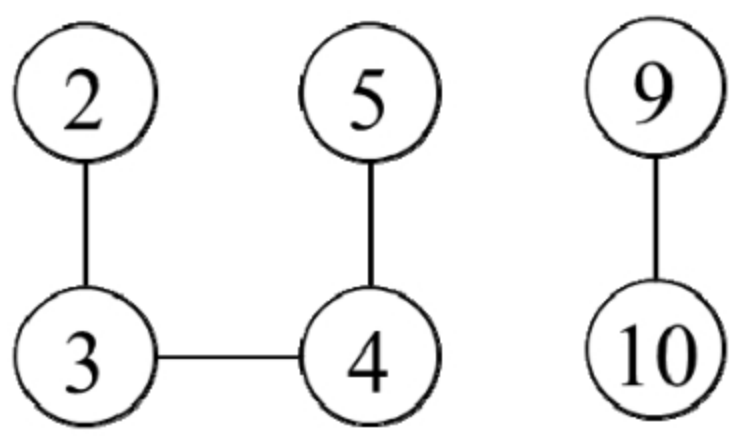
解
public class Test {public static void main(String[] args) {int[] nums = {10, 5, 9, 2, 4, 3};int result = longestConsecutive(nums);System.out.println(result);}public static int longestConsecutive(int[] nums) {Set<Integer> set = new HashSet<>();for (int num : nums) {set.add(num);}int longest = 0;while (!set.isEmpty()) {Iterator<Integer> iter = set.iterator();longest = Math.max(longest, bfs(set, iter.next()));}return longest;}private static int bfs(Set<Integer> set, int num) {Queue<Integer> queue = new LinkedList<>();queue.offer(num);set.remove(num);int length = 1;while (!queue.isEmpty()) {int i = queue.poll();int[] neighbors = new int[] {i - 1, i + 1};for (int neighbor : neighbors) {if (set.contains(neighbor)) {queue.offer(neighbor);set.remove(neighbor);length++;}}}return length;}}
分析
用哈希表fathers记录每个整数所在子集的父节点,哈希表counts用来记录以某个整数为根节点的子集中整数的数目。初始化并查集的时候每个整数的父节点都指向自己,也就是每个子集中只包含一个数字,所以哈希表counts的每个整数对应的值都被初始化为1。
接下来对于每个整数num,如果存在num-1和num+1,当它们在不同的子图中时将它们所在的子图用函数union合并,并更新合并后子集中元素的数目。
解
public class Test {public static void main(String[] args) {int[] nums = {10, 5, 9, 2, 4, 3};int result = longestConsecutive(nums);System.out.println(result);}public static int longestConsecutive(int[] nums) {Map<Integer, Integer> fathers = new HashMap<>();Map<Integer, Integer> counts = new HashMap<>();Set<Integer> all = new HashSet<>();for (int num : nums) {fathers.put(num, num);counts.put(num, 1);all.add(num);}for (int num : nums) {if (all.contains(num + 1)) {union(fathers, counts, num, num + 1);}if (all.contains(num - 1)) {union(fathers, counts, num, num - 1);}}int longest = 0;for (int length : counts.values()) {longest = Math.max(longest, length);}return longest;}private static void union(Map<Integer, Integer> fathers, Map<Integer, Integer> counts, int i, int j) {int fatherOfI = findFather(fathers, i);int fatherOfJ = findFather(fathers, j);if (fatherOfI != fatherOfJ) {fathers.put(fatherOfI, fatherOfJ);int countOfI = counts.get(fatherOfI);int countOfJ = counts.get(fatherOfJ);counts.put(fatherOfJ, countOfI + countOfJ);}}private static int findFather(Map<Integer, Integer> fathers, int i) {if (fathers.get(i) != i) {fathers.put(i, findFather(fathers, fathers.get(i)));}return fathers.get(i);}}

